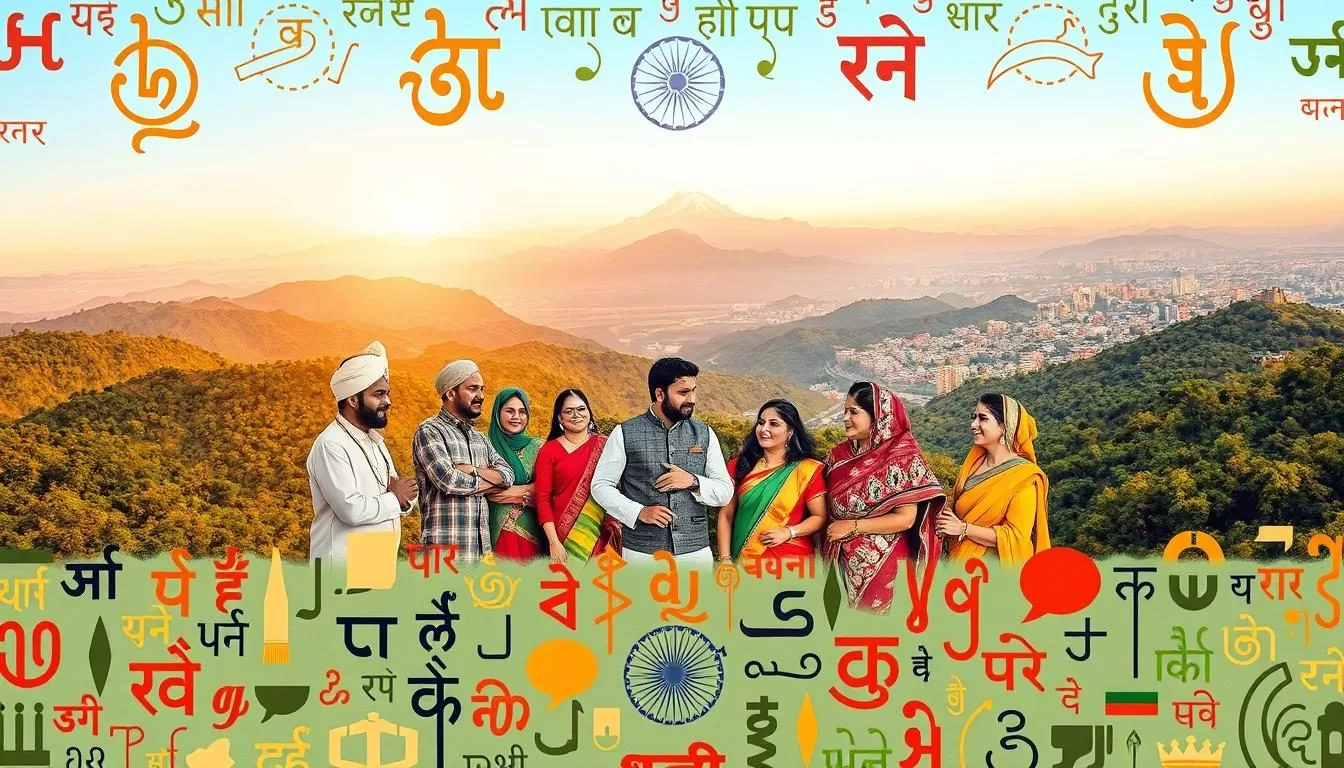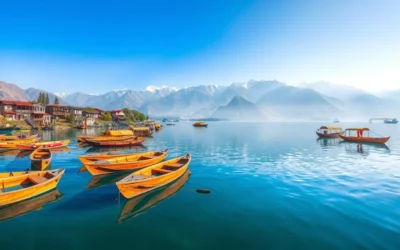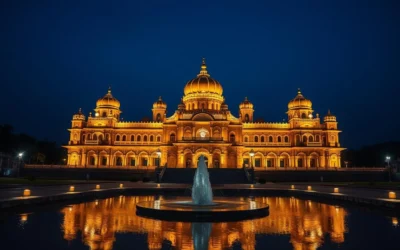You are about to embark on a journey through a land of incredible linguistic diversity. With a history as rich as its cultural heritage, India is home to numerous languages that reflect its complex societal fabric.
According to the Census of India 2011 Report, there are as many as 121 languages and 270 mother tongues. This vast array of spoken language is a testament to India‘s diverse cultural identity. As you explore this topic, you’ll gain insights into the language landscape, including the official languages and the most widely spoken ones across different regions.
This exploration will not only highlight the significance of language in India but also show how it contributes to the country’s cultural richness and regional pride.
The Linguistic Tapestry of India
As you delve into the world of Indian languages, you’ll discover a complex yet harmonious linguistic ecosystem. India’s linguistic diversity is a result of its rich history and cultural heritage, with influences from various invasions, migrations, and cultural exchanges over thousands of years.
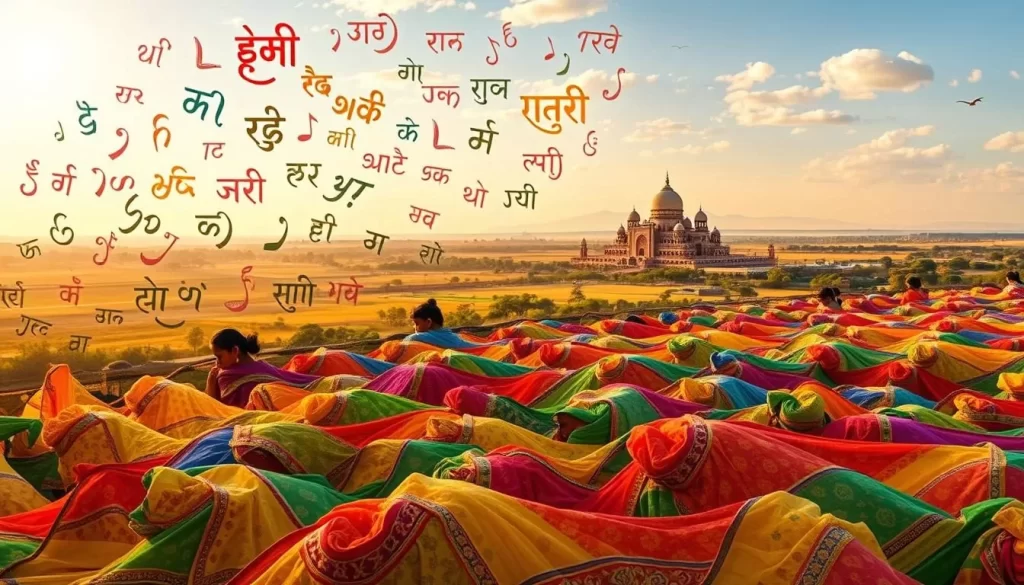
A Nation of 121 Languages and 270 Mother Tongues
India is home to 121 languages and 270 mother tongues, showcasing its incredible linguistic diversity. Of the total population, 96.71% have one of the Scheduled languages as their mother tongue, while the remaining 3.29% speak other languages. This diversity is categorized into two parts: 22 languages included in the Eighth Schedule to the Constitution of India (Scheduled Languages), and 99 languages not included in the Eighth Schedule (Non-Scheduled Languages).
The Constitutional Status of Languages in India
The Indian Constitution provides a framework for recognizing and managing linguistic diversity. The Eighth Schedule lists 22 official languages, giving them special status. This constitutional provision ensures that these languages receive official recognition and support. The government manages governance and administration across this multilingual nation by accommodating hundreds of languages and dialects.
Official Languages of India
The official languages of India play a pivotal role in the country’s governance and cultural identity. You will explore how these languages are integral to the nation’s functioning and its people’s daily lives.
Hindi: The Primary Official Language
Hindi was declared the official language of the Indian Union on 14th September 1949. As the primary official language, Hindi is widely used in government communications and is the official language of various state governments. It serves as a link language for national integration, facilitating communication across different regions.
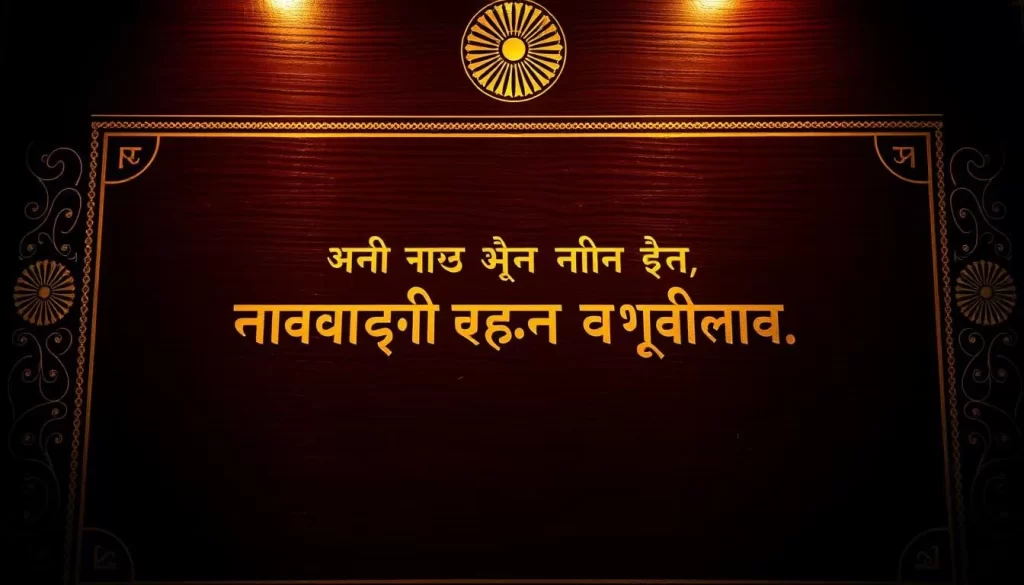
English: The Associate Official Language
English is the associate official language and continues to be significant in governance, education, and business. English was the language of colonial rule, but it has remained an essential part of India’s linguistic identity. India is now the world’s second-largest English-speaking country, with English being used extensively in official documents and higher education.
| Language | Status | Usage |
|---|---|---|
| Hindi | Primary Official Language | Government communications, national integration |
| English | Associate Official Language | Governance, education, business, official documents |
Top 10 Most Spoken Languages in India
You’re about to embark on a journey through India’s rich linguistic heritage, where the top 10 most spoken languages reveal the country’s complex cultural tapestry. With a multitude of languages spoken across the nation, understanding these prominent languages is crucial to appreciating India’s diverse cultural identity.
Hindi (528 million speakers)
Hindi is the most widely spoken language in India, with over 528 million native speakers. It serves as the official language of the central government and is the primary language in several northern and central states, including Uttar Pradesh, Bihar, Rajasthan, and Madhya Pradesh.
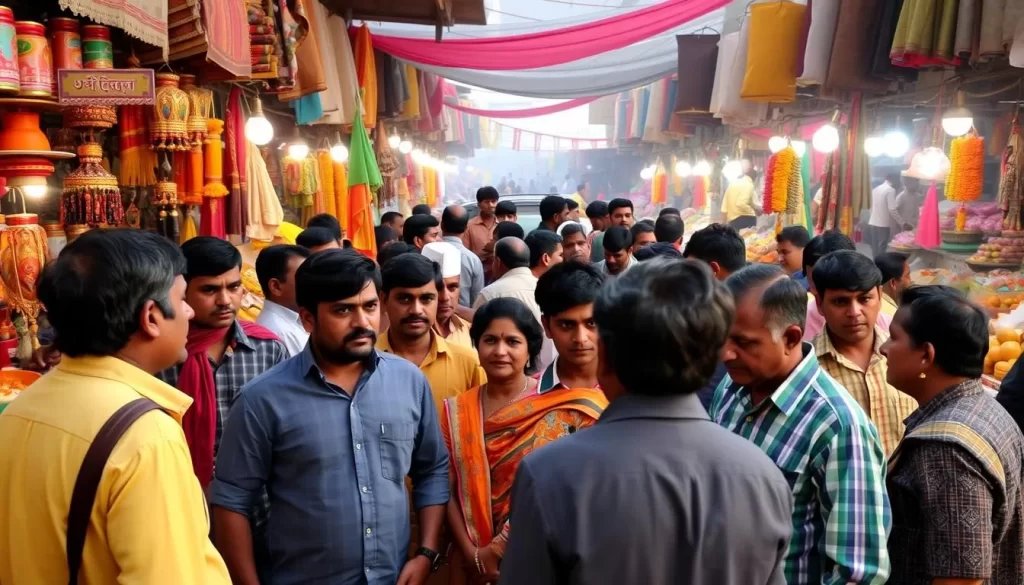
Bengali (97 million speakers)
Bengali is the second most widely spoken language in India, with over 97 million speakers. It is mainly spoken in the state of West Bengal and the northeastern states. Bengali is celebrated for its rich literary heritage, which includes the works of Nobel laureate Rabindranath Tagore.
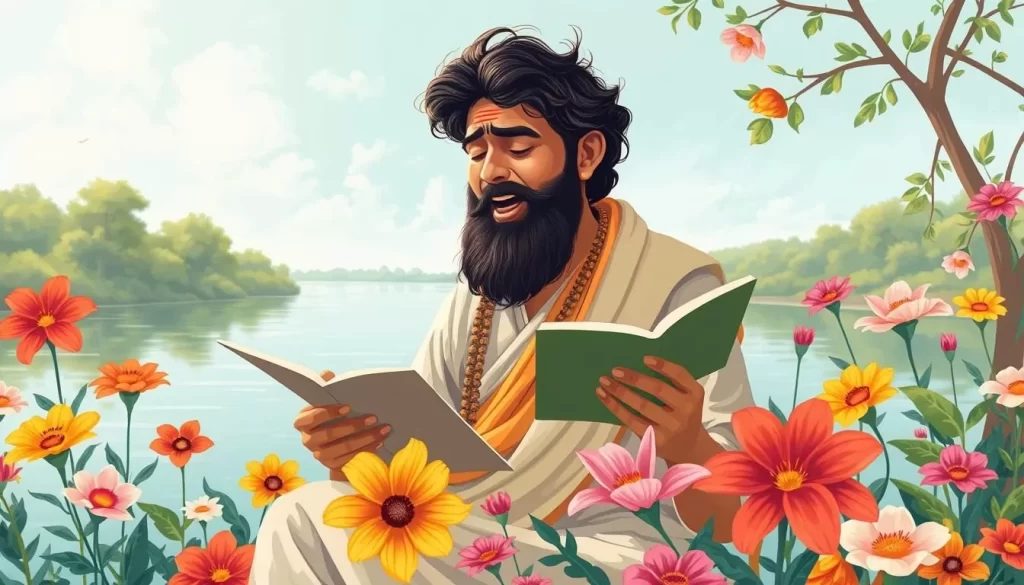
Marathi (83 million speakers)
Marathi, with over 83 million speakers, is the official language of Maharashtra. It has a significant presence in the state’s cultural and literary landscape.
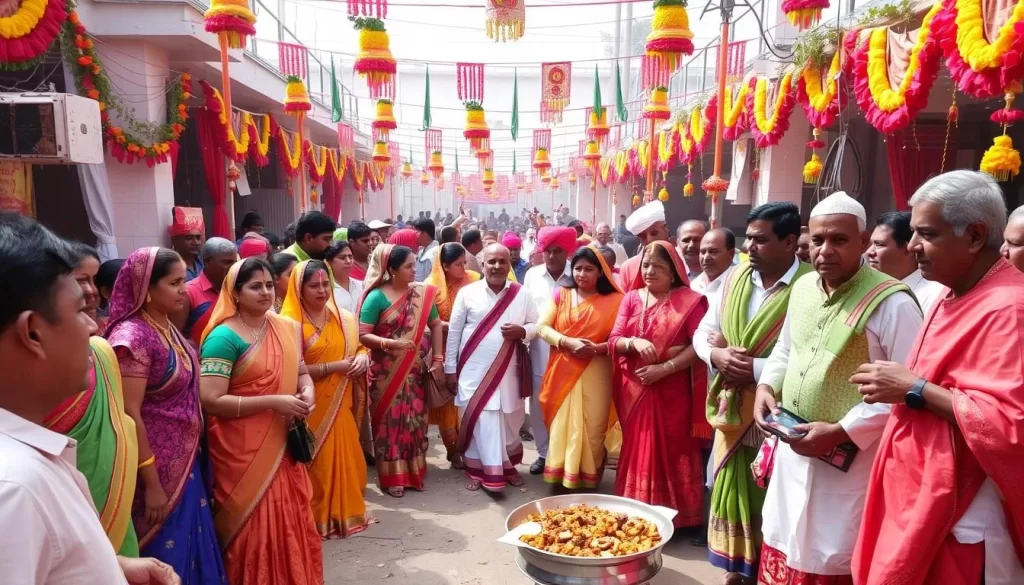
Telugu (81 million speakers)
Telugu is spoken by over 81 million people, predominantly in the states of Andhra Pradesh and Telangana. It is a significant language in southern India.

Tamil (69 million speakers)
Tamil, with over 69 million speakers, is predominantly spoken in Tamil Nadu and the Union Territory of Puducherry. It is one of the classical languages of India.
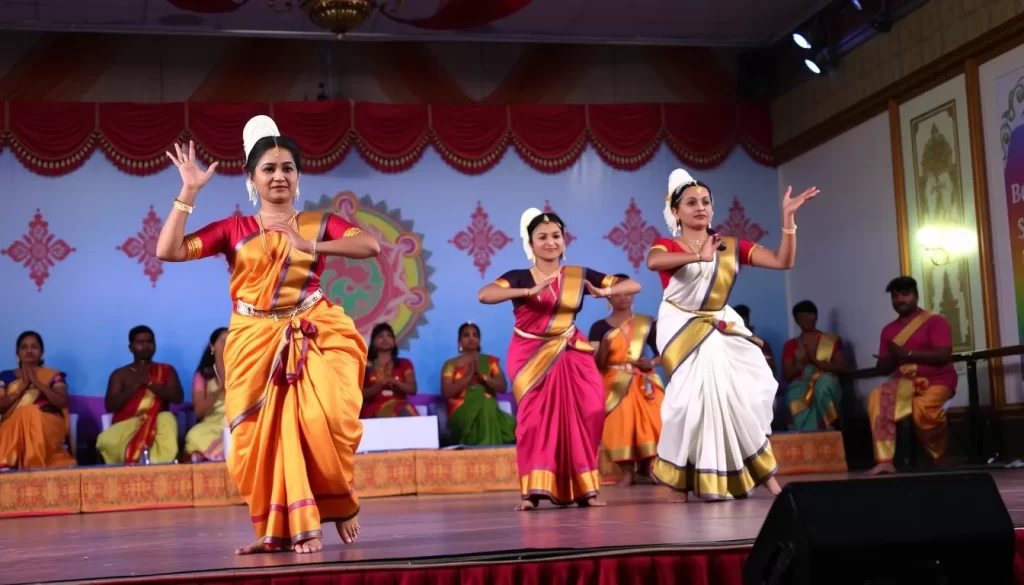
Gujarati (55 million speakers)
Gujarati is spoken by over 55 million people and is the official language of Gujarat. It has a significant presence among diaspora communities worldwide.
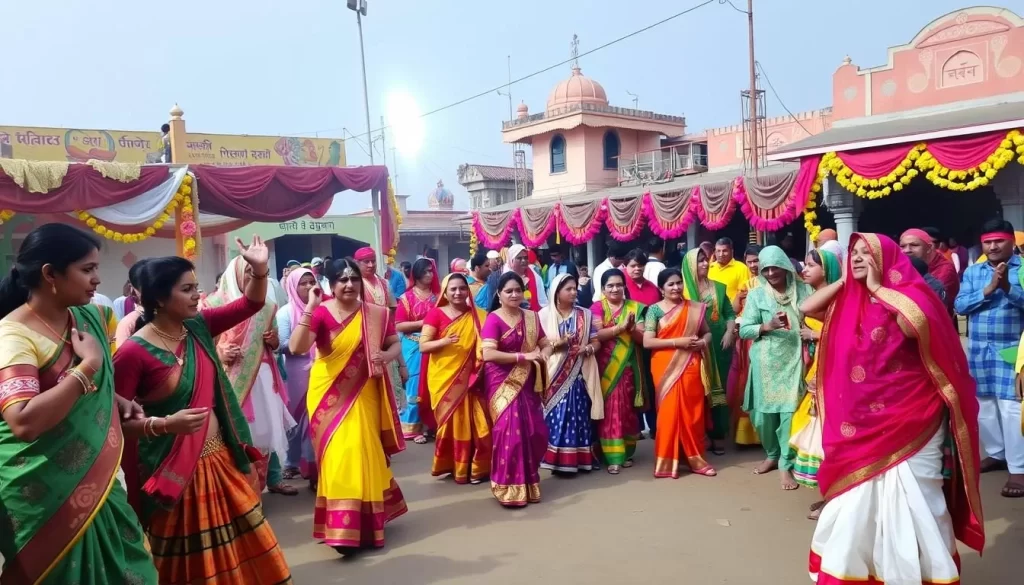
Urdu (50 million speakers)
Urdu has over 50 million speakers and is widely spoken across India, particularly in Uttar Pradesh, Bihar, Telangana, and West Bengal. It shares a rich heritage with Hindi.
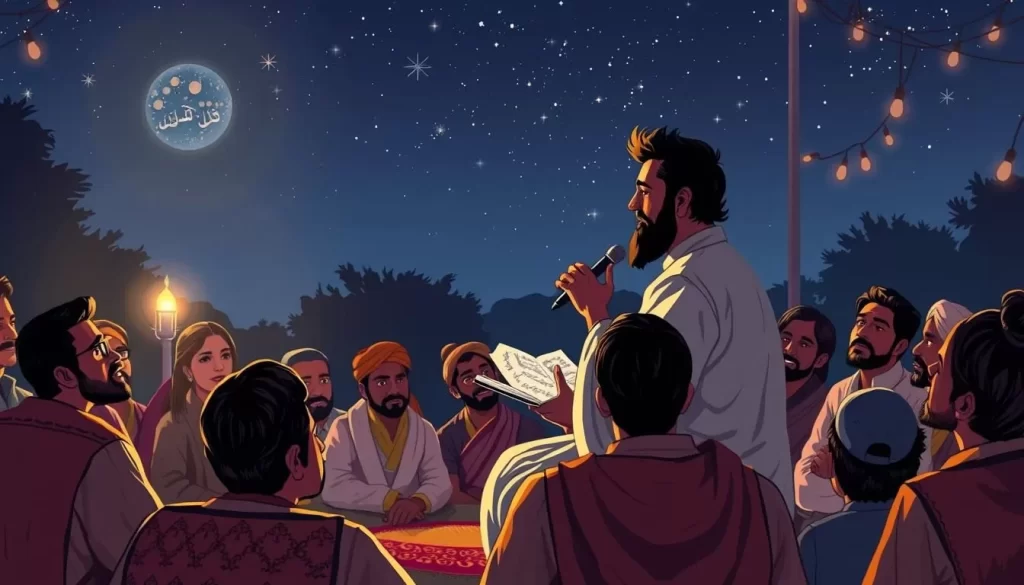
Kannada (43 million speakers)
Kannada, with over 43 million speakers, is the official language of Karnataka. It has a significant literary and cultural presence in the state.
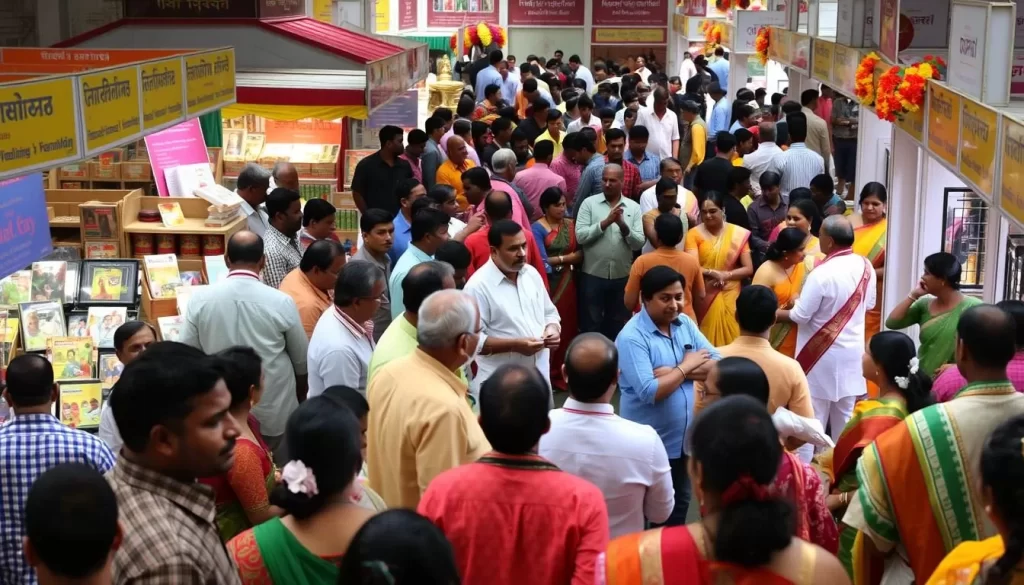
Odia (37 million speakers)
Odia is spoken by over 37 million people and is the official language of Odisha. It is one of India’s classical languages with a rich literary tradition.
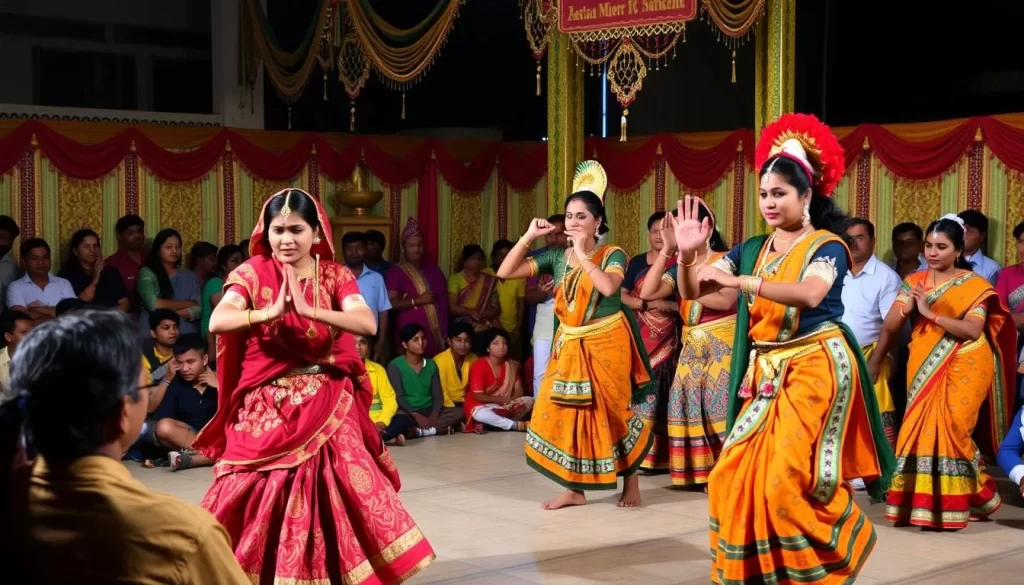
Malayalam (34 million speakers)
Malayalam, with over 34 million speakers, is primarily spoken in Kerala and the Union Territories of Lakshadweep and Puducherry. It has a significant presence in the cultural landscape of these regions.

Major Language Families in India
You will find that Indian languages are broadly classified into two main families. The linguistic diversity of India is characterized by the presence of several language families, with the Indo-Aryan and Dravidian families being the most prominent.
Indo-Aryan Languages
The Indo-Aryan language family is the largest in India, spoken by more than 800 million people. Languages such as Hindi, Bengali, Marathi, and Gujarati fall under this category. These languages have historical roots in Sanskrit and are widely spoken across northern, central, and eastern India, as well as in neighboring countries like Nepal, Pakistan, Bangladesh, and Sri Lanka.
Dravidian Languages
The Dravidian language family is the second largest, with around 220 million speakers primarily in southern and central India. Telugu, Tamil, Kannada, and Malayalam are some of the prominent languages in this family. While distinct from Indo-Aryan languages in terms of grammar and vocabulary, Dravidian languages have coexisted and influenced each other over thousands of years, contributing to India’s rich linguistic heritage.
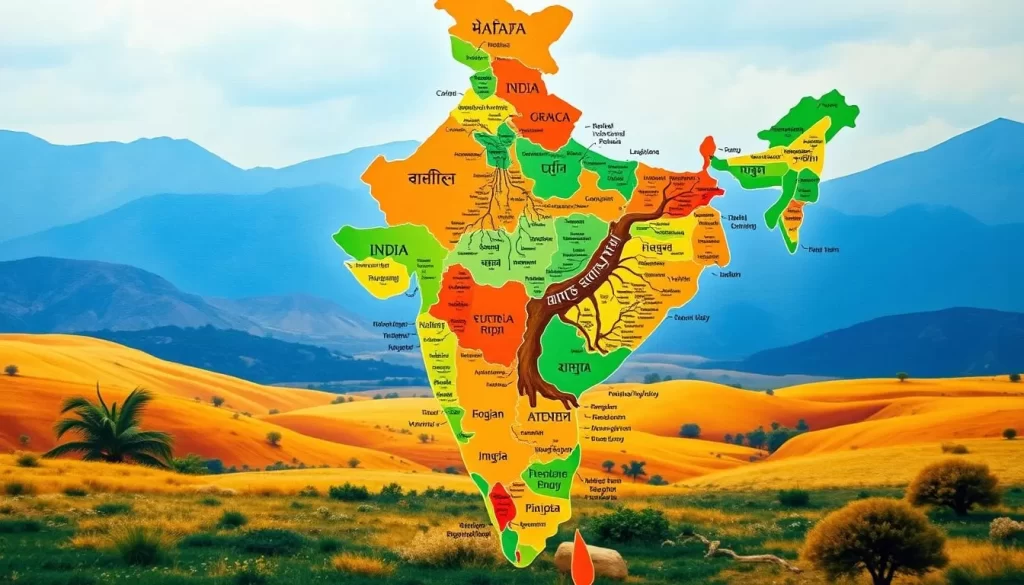
Fascinating Facts About Indian Languages
As you explore Indian languages, you’ll discover surprising facts that showcase their uniqueness. India is home to numerous languages, each with its own history and significance.
Ancient Origins
Indian languages have ancient origins that have influenced languages worldwide. For instance, Sanskrit, one of the oldest languages, has contributed significantly to the development of many languages. Telugu, known as the ‘Italian of the East,’ is renowned for its melodious nature.
Global Influence
Many English words have Indian origins, such as “avatar,” “jungle,” “shampoo,” and “chutney.” These words reflect the cultural exchange between India and other parts of the world. The global influence of Indian languages is a testament to their importance.
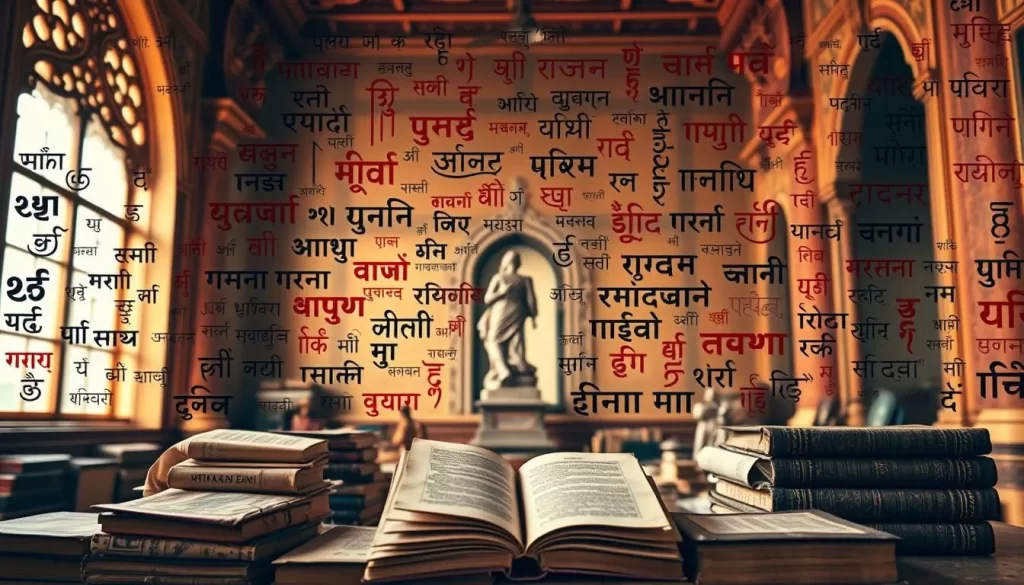
| Language | Speakers (approx.) | Notable Feature |
|---|---|---|
| Hindi | 528 million | Primary official language |
| Telugu | 81 million | Known as ‘Italian of the East’ |
| Malayalam | 34 million | Longest palindrome in English |
Conclusion: The Enduring Legacy of India’s Linguistic Diversity
The vast expanse of India is home to a staggering number of languages, each with its unique history and significance. As you’ve seen, India’s linguistic diversity is both a cultural treasure and a challenge. Through constitutional provisions and inclusive policies, India maintains unity amidst diversity. Ongoing efforts preserve endangered languages and dialects. Globalization and technology influence the evolution of Indian language in the 21st century, offering valuable lessons for diverse societies worldwide.
The above is subject to change.
Check back often to TRAVEL.COM for the latest travel tips and deals.
Here are some Tours & Sightseeing suggestions that might pique your interests!
